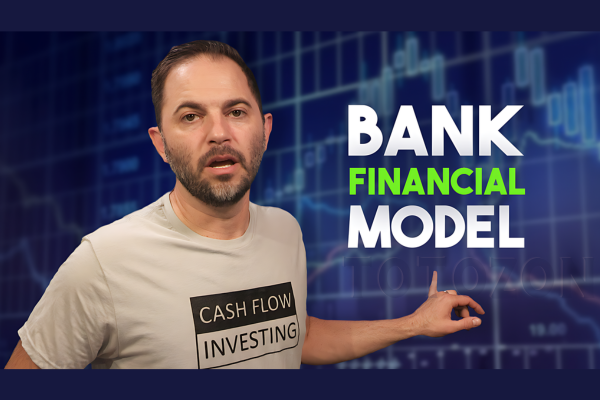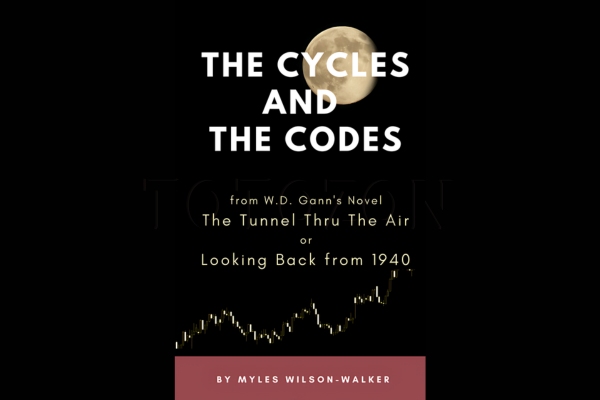Manage Your Money by Robert Kiyosaki
$7.00 Original price was: $7.00.$5.00Current price is: $5.00.
Managing Your Money: Insights from Robert Kiyosaki
In a world increasingly shaped by financial literacy, Robert Kiyosaki’s work, “Managing Your Money: Personal Finance Simplified,” emerges as a beacon for those seeking clarity in the often perplexing world of personal finance. His book isn’t just a manual for budgeting; it’s a call to action for anyone eager to take control of their financial destiny. Kiyosaki lays out fundamental principles that illuminate the path toward financial independence, making his teachings accessible and engaging. By challenging conventional wisdom, he encourages readers to rethink their relationship with money and understand the critical differences between assets and liabilities, which lie at the core of successful money management.
Content Proof:
The Core Concepts of Financial Literacy
At the heart of Kiyosaki’s philosophy are two essential principles: assets and liabilities. An asset is anything that puts money into your pocket think rental properties, stocks, or any investment that generates cash flow. Conversely, a liability takes money out of your pocket; common examples include mortgages, car loans, and credit card debt. Understanding these concepts is the first step toward achieving financial stability and growth.
Assets vs. Liabilities: The Foundation of Wealth Building
Kiyosaki posits that many individuals mistakenly categorize liabilities as assets, leading to mismanagement of their finances. This misperception can be detrimental. To illustrate this, consider the common viewpoint: owning a home is seen as an asset. However, Kiyosaki argues that many see only the investment, neglecting the ongoing costs such as maintenance, property taxes, and mortgage payments, which can drain resources.
Financial Freedom Through Asset Acquisition
His call to action emphasizes acquiring income-generating assets while minimizing liabilities. This creates a robust financial foundation that allows individuals to build wealth over time. Here are several types of assets that Kiyosaki encourages people to consider:
- Real Estate: Properties that generate rental income can provide a continuous cash flow.
- Stocks and Bonds: Investments that yield dividends or interest can significantly boost one’s income.
- Entrepreneurial Ventures: Starting a business that can operate independently of personal involvement becomes a valuable asset.
By focusing on acquiring these types of assets, individuals can create a self-sustaining financial ecosystem.

Mindset Shift: Embracing Financial Education
Kiyosaki highlights the importance of adopting a proactive mindset toward financial education. He argues that financial literacy is not just crucial it’s transformative. Many people go through life without understanding basic financial principles, which severely limits their ability to make informed choices.
Continuous Learning and Investment Strategies
The book makes a compelling case for ongoing education in personal finance. Kiyosaki encourages readers to invest time in learning about various investment strategies, market trends, and economic principles. This education empowers individuals, allowing them to navigate the complexities of personal finance with confidence.
Key areas of financial education include:
- Understanding market cycles: Knowing when to buy and sell can greatly affect investment returns.
- Risk management: Learning how to protect assets is essential to preserve wealth.
- Tax strategies: Understanding how taxes affect investments can lead to better financial outcomes.
A Personal Journey Toward Financial Independence
To illustrate the impact of financial education, Kiyosaki shares stories from his life, demonstrating that knowledge can lead to remarkable turnarounds in financial fortunes. His deliberate decision to pursue financial education led him from being bankrupt to becoming a successful entrepreneur and author.
Assessing Your Financial Habits
The book serves not only as a guide but also as a reflective tool. Kiyosaki encourages readers to evaluate their financial habits critically. Are you spending more on liabilities, or are you actively working to acquire assets?
Constructing Your Financial Blueprint
To facilitate this reflection, Kiyosaki proposes a simple exercise: create a financial blueprint that outlines current assets, liabilities, income sources, and expenses. This blueprint will serve as a powerful visual guide, highlighting areas for improvement and opportunities for growth.
A suggested framework for this blueprint might include:
| Asset Class | Current Value | Income Generated | Notes |
| Real Estate | $200,000 | $1,500/month | Rental property |
| Stocks (dividend) | $50,000 | $500/year | Long-term investment |
| Business Ventures | $100,000 | $2,000/month | E-commerce site |
| Total Assets | $350,000 | $4,000/month |
This structured approach not only helps in tracking progress but also instills a sense of accountability, making financial goals more attainable.
Conclusion: The Journey to Financial Empowerment
In “Managing Your Money,” Kiyosaki doesn’t just provide a financial roadmap; he offers a transformational experience that invites his readers to reconsider their relationship with money. By understanding the distinction between assets and liabilities, embracing continuous financial education, and developing reflective financial habits, anyone can take significant steps toward financial independence.
This book resonates with anyone eager to improve their circumstances through thoughtful money management practices. The principles laid out by Kiyosaki serve not only as a guide but as an inspiration, illuminating the path toward financial empowerment and long-term wealth creation.
As you embark on your journey of financial literacy, remember that the most important asset you can acquire is knowledge. By investing in your financial education and understanding the foundational concepts outlined in Kiyosaki’s teachings, you are not just managing money you are crafting a life of financial security and freedom. Start now and pave your way to a brighter financial future.
Frequently Asked Questions:
Innovation in Business Models: We use a group purchase approach that enables users to split expenses and get discounted access to well-liked courses. Despite worries regarding distribution strategies from content creators, this strategy helps people with low incomes.
Legal Aspects to Take into Account: Our operations’ legality entails several intricate considerations. There are no explicit resale restrictions mentioned at the time of purchase, even though we do not have the course developers’ express consent to redistribute their content. This uncertainty gives us the chance to offer reasonably priced instructional materials.
Quality Control: We make certain that every course resource we buy is the exact same as what the authors themselves provide. It’s crucial to realize, nevertheless, that we are not authorized suppliers. Therefore, the following are not included in our offerings: – Live coaching sessions or calls with the course author.
– Entry to groups or portals that are only available to authors.
– Participation in closed forums.
– Straightforward email assistance from the writer or their group.
Our goal is to lower the barrier to education by providing these courses on our own, without the official channels’ premium services. We value your comprehension of our distinct methodology.
Be the first to review “Manage Your Money by Robert Kiyosaki” Cancel reply
You must be logged in to post a review.
Related products
Forex Trading








Reviews
There are no reviews yet.